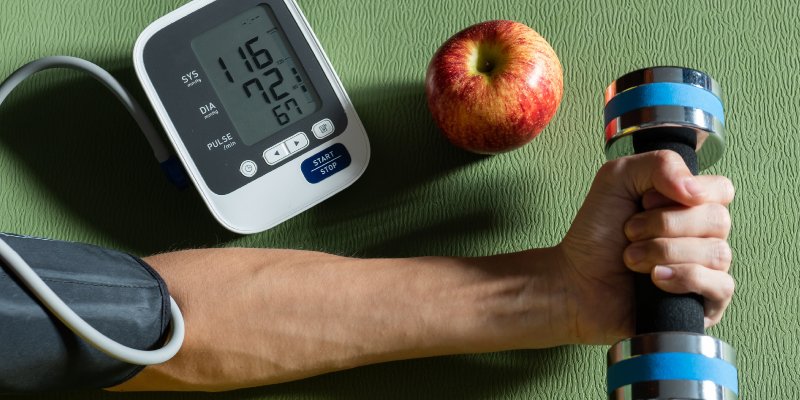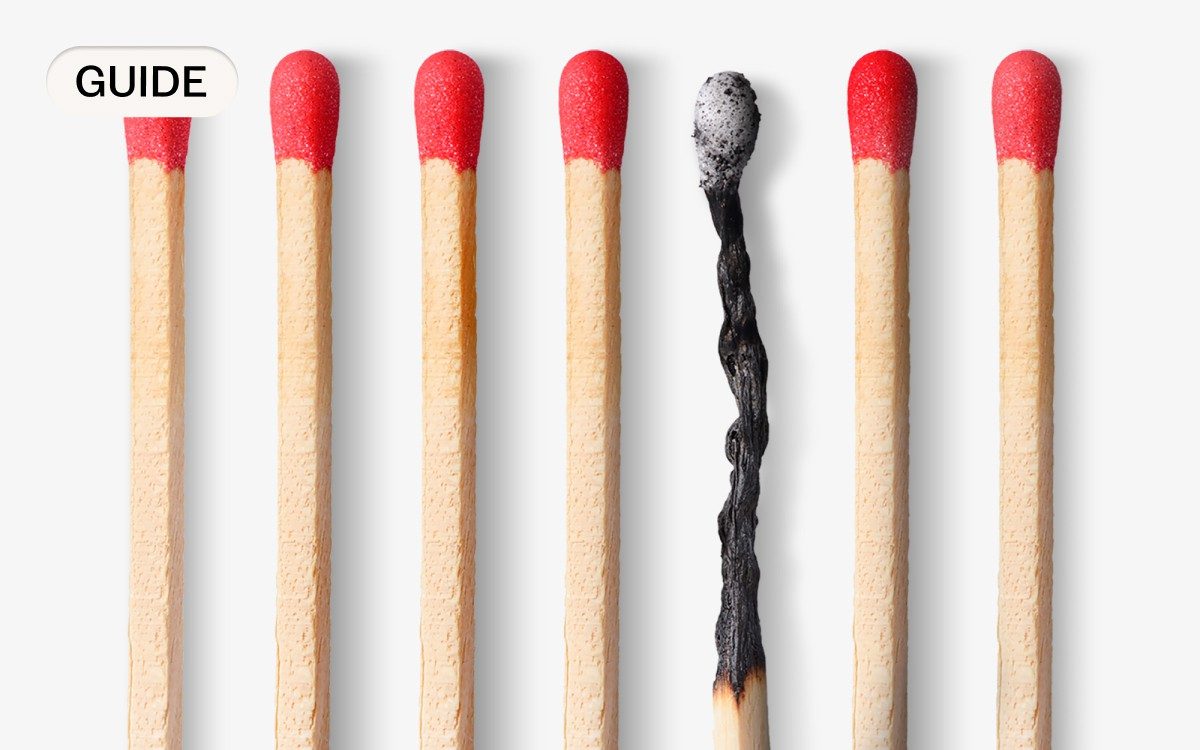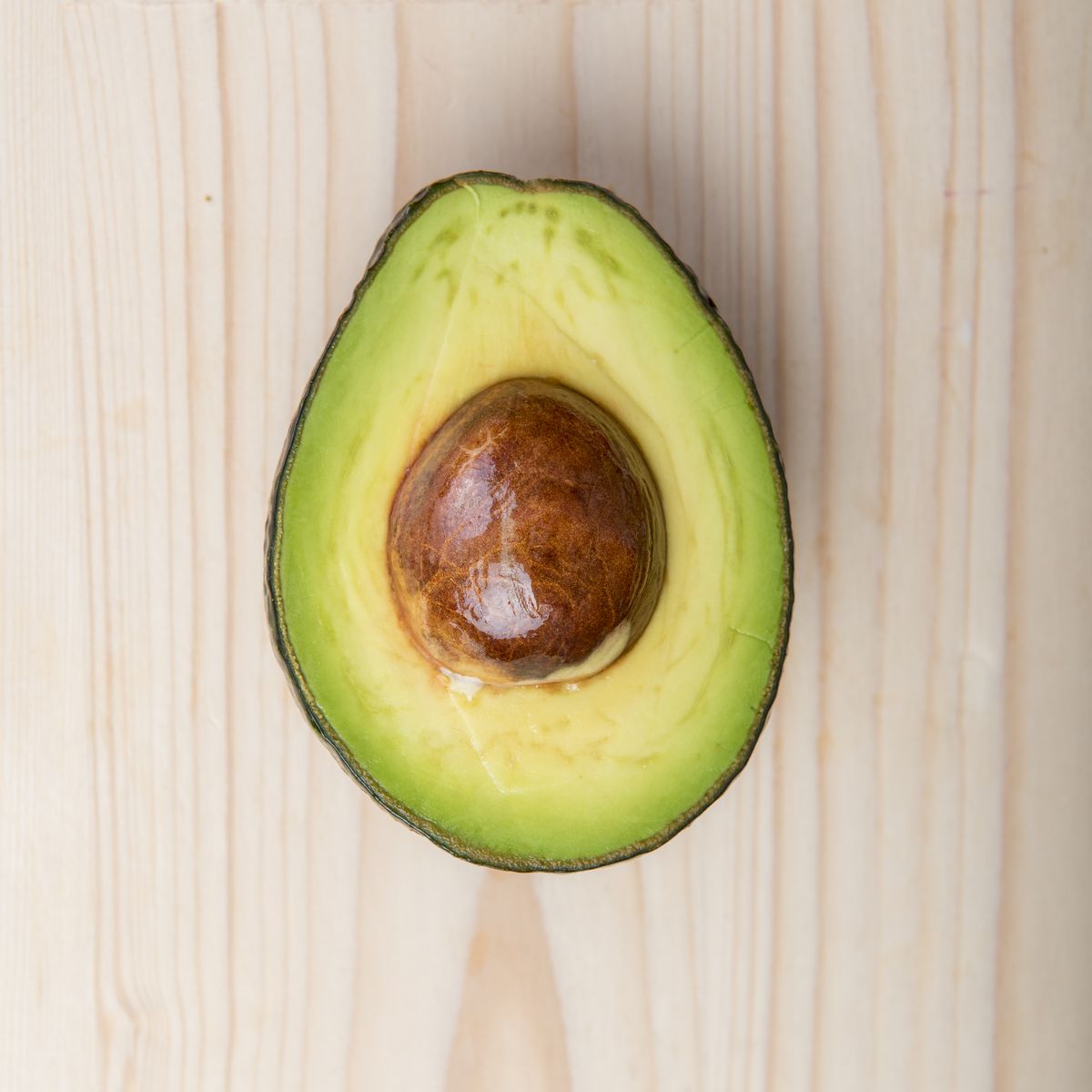
HOW MUCH EXERCISE LOWERS BLOOD PRESSURE: A PRACTICAL GUIDE
Exercise lowers blood pressure and offers numerous health benefits, making it a powerful tool against hypertension. If you’ve ever wondered how much exercise is needed and how it works, you’re in the right place. Let’s dive into the practical ways exercise can keep your blood pressure in check and how you can incorporate it into your life.
The Connection Between Exercise and Blood Pressure Why Exercise is CrucialExercise plays a critical role in lowering blood pressure by strengthening the heart. When your heart is stronger, it can pump blood more efficiently, reducing the force on your arteries. This helps in lowering blood pressure naturally.
Moreover, regular exercise helps you manage your weight, reduces stress, and enhances overall cardiovascular health. These factors collectively contribute to maintaining healthy blood pressure levels.
How Much Exercise Do You Need?
Image from iStock
You’ve probably heard various recommendations on exercise. The American Heart Association suggests at least 150 minutes of moderate-intensity exercise or 75 minutes of vigorous exercise weekly. However, recent research shows that more exercise can offer even better results. In a study tracking over 5,100 adults for three decades, those who engaged in five hours of moderate exercise weekly significantly reduced their hypertension risk. This benefit was even more evident when people maintained their exercise routines into middle age.
Types of Exercises That HelpNot all exercises are created equal when it comes to lowering blood pressure. Here are some effective types:
Aerobic ExerciseAerobic exercises like walking, running, cycling, and swimming are great for getting your heart pumping. Aim for at least 30 minutes per session, five days a week. This regular activity can make a big difference in your blood pressure levels.
Strength TrainingStrength training also contributes to lowering blood pressure. Activities like lifting weights, using resistance bands, or performing body-weight exercises such as squats and push-ups help improve muscle tone and circulation. Try to include two to three sessions per week, focusing on different muscle groups.
Flexibility and BalanceDon’t forget about flexibility and balance exercises like yoga and tai chi. These activities help reduce stress and improve circulation, which indirectly supports lower blood pressure. They also enhance overall physical fitness and well-being.
Overcoming Challenges to Regular Exercise Finding Time in a Busy ScheduleLife can get busy, and finding time for exercise might seem tough. However, small changes can make a significant difference. Consider taking short walks during breaks, opting for stairs instead of elevators, or even cycling to work. These adjustments can seamlessly integrate physical activity into your routine.
Staying MotivatedStaying motivated is key to maintaining regular exercise. Setting realistic goals, tracking your progress, and celebrating milestones can keep you on track. Joining exercise groups or having a workout buddy provides support and makes your exercise routine more enjoyable.
Addressing Social and Economic FactorsSocial and economic factors can impact your ability to exercise regularly. Lack of access to safe exercise environments or affordable fitness facilities can be barriers. Look for community resources or online workout programs that require minimal equipment and space. These options can make exercise more accessible regardless of your circumstances.
Special Considerations for Different Age Groups The Importance of Staying Active as You AgeImage from iStock
Exercise levels often decline with age, but staying active is crucial for managing blood pressure. The study highlighted the importance of maintaining regular physical activity from young adulthood through middle age. For older adults, it’s essential to engage in exercises that match their fitness levels and health conditions to continue reaping the benefits.
Addressing Racial and Socioeconomic DisparitiesThe study also revealed significant racial disparities in exercise habits and hypertension rates. Black men and women experienced higher rates of hypertension by age 60 compared to their White counterparts. Addressing these disparities requires improving access to exercise opportunities and promoting equitable health interventions. Community programs and tailored health promotion can help bridge this gap.
Practical Tips to Get Started Start Small and Build UpIf you’re new to exercise or haven’t been active for a while, start with small, manageable goals. Begin with short walks or light aerobic activities and gradually increase the duration and intensity as you become more comfortable. Consistency is more important than intensity at the beginning.
Make It EnjoyableChoose activities you enjoy to make exercise feel less like a chore. Whether it’s dancing, hiking, or playing a sport, finding joy in your exercise routine increases the likelihood of sticking with it. Mixing up activities can also keep your routine interesting and engaging.
Use Technology to Your AdvantageImage from iStock
There are numerous apps and devices designed to help you track your exercise and stay motivated. From step counters to workout planners, technology can provide valuable insights and reminders to keep you on track with your fitness goals.
TakeawayExercise lowers blood pressure effectively and brings a host of additional health benefits. By understanding the right types and amounts of exercise, you can take control of your blood pressure and enhance your overall well-being. Overcoming barriers to exercise and maintaining consistent activity levels are crucial steps towards a healthier, more active life.
Integrating various forms of exercise into your routine and addressing personal and societal challenges can help you achieve and maintain healthy blood pressure levels. Start today and make exercise a vital part of your life for long-term health and vitality.
ALSO READ:
Gestational Hypertension: What Every Expectant Mum Must Know
New blood pressure guidelines by the American Heart Association not for Singaporeans: MOH
No Exercise is Worse for You Than High Blood Pressure or High Cholesterol
2024-06-16T05:13:41Z dg43tfdfdgfd











